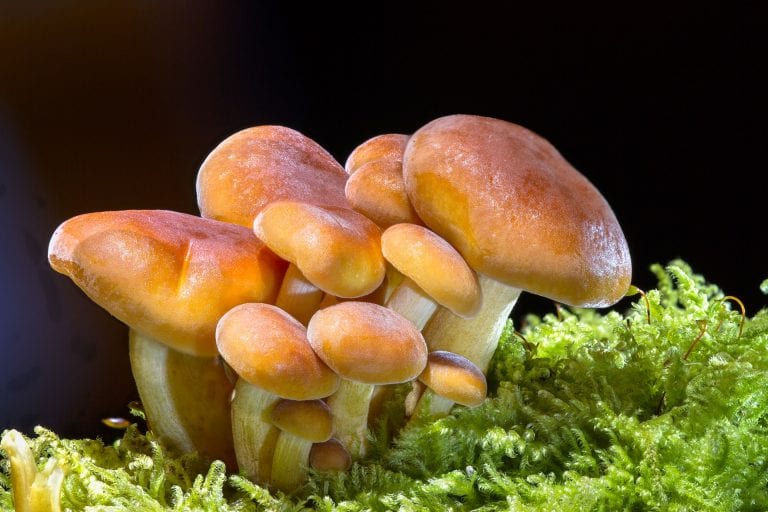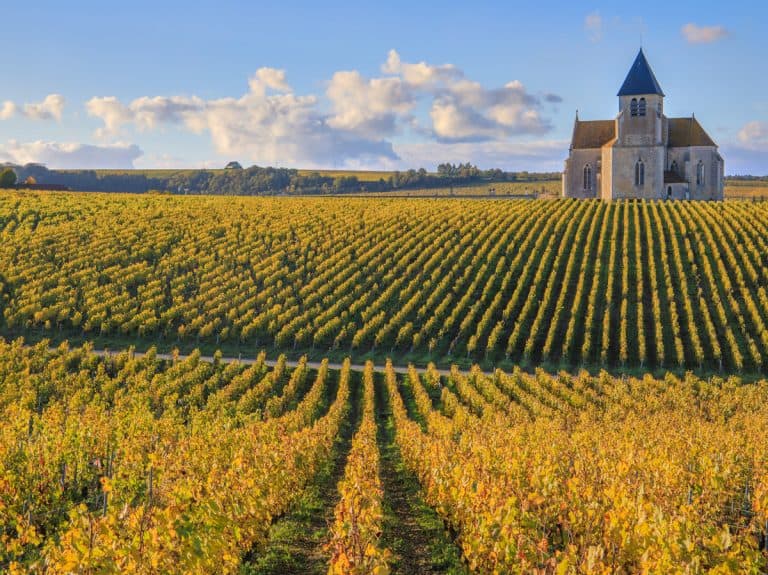Entangled Life: How Fungi Make Our Worlds, Change Our Minds and Shape Our Futures
Fungi are so special that since 1817 they have deserved a realm of their own. They are everywhere, but it's not easy to notice them, "they are inside and outside of us. They are a source of sustenance for us and for everything we depend on." This opens the essay by research biologist Merlin Sheldrake, a scholar of microbiology, ecology and philosophy, with a passion for the relationships that microorganisms establish with human beings. His latest book, published in 2020, deals with the delicate balance between fungi and the planet, investigating that hidden order made up of small entities that secretly govern the ecosystem. But when approaching his "Entangled Life: How Fungi Make Our Worlds, Change Our Minds and Shape Our Futures" one must abandon any scientific ambition: the network of documents, data and information is very dense, but Sheldrake's essay is above all a love letter by a passionate scholar, who wants to restore the dignity fungi deserve, so important yet so often neglected. A clear intention from the very first lines, "even as you read this book, fungi are changing the flow of life, as they have been doing for millions of years."
What are fungi
They eat rocks and generate soil, digest pollutants, feed plants and kill them. The author immediately sets the record straight, closing the circle with the same concept: "Fungi create worlds and destroy them." Since the beginning of time. Seeing them in action is simple: "When you make soup or eat it, when you ferment alcohol, plant a plant, or just put your hands in the ground. If you are alive, fungi have been alive for much longer." Before understanding their role, in fact, it's good to understand what is meant by fungi, in the common imagination represented only with the visible part, which is actually the fruiting body, "the place where spores are produced, as well as in plants the fruits are only a component of a larger structure that includes branches and roots." The vital function of these organisms is the only aspect on which all scientists agree when it comes to tracing the origins of the planet: "Only by forging new relationships with fungi, were algae able to reach dry land."
The relationship between fungi and plants
The work of fungi is present, even if invisible. Discreetly, they intertwine with plants, making an "agreement": through photosynthesis, plants produce carbon compounds rich in energy on which most life forms depend. Growing within their roots, fungi guarantee privileged access to these energy sources from which they draw nourishment. For their part, fungi are able to collect much more nutrients from the soil than plants do, which can in that way access this sustenance more effectively. A symbiotic relationship made of a constant and continuous exchange: "By associating, plants gain a fungi-prosthesis and fungi gain a plant-prosthesis. They both use the other to extend their reach." Plant and fungi embrace, "it's hard to imagine a more intimate moment."
The damage of industrial agriculture
For millennia, traditional agricultural practices have taken soil health into account, thus also supporting the plant-fungus relationship. The advent of industrial agriculture, however, has jeopardised this aspect, destroying the "underground communities." Organisms that are precious to us, which can sometimes be harmful - just like some microbes living in our bodies can cause diseases - but which are mostly beneficial: just as changing the ecology of microbes in the intestine too much has consequences on our health, "if we deplete the rich ecology of the microbes that live in the soil - the intestine of the planet - the health of the plants will suffer." Yet, that's what intensive agriculture is doing, reducing the amount of mycorrhizal fungi - the ones that forge relationships with plants - and altering the structure of their community. This is yet another "ecological sacrifice," but how much will these choices cost?
The cultural value of fungi
What many scholars have defined as "ecosystem engineers" are what most of our future will depend on, based on the "ability of plants and fungi to adapt to new conditions, to landscapes devastated by pollution or deforestation, or in completely new environments like the green roofs, i.e. rooftop gardens created in cities." According to a 2018 study, the alarming deterioration of tree health in Europe appears to be due to the disruption of plant-fungus relationships because of nitrogen pollution. Can we turn to fungi, therefore, to fight climate change? Perhaps we should, starting with perceiving their function and making different agricultural choices. But above all by recovering their cultural value, their millennial history that is so linked to that of man. Just think of yeasts, "the fungi that share the most intimate history with human beings." They live on our skin, in our lungs, line our orifices. "The human body has evolved to regulate its populations" and in 1996 the genome of a eukaryotic organism was sequenced for the first time: Saccharomyces cerevisiae, the yeast used in brewing and baking.
According to anthropologist Claude Kévi-Strauss, one of the greatest cultural transformations of all time is due to yeasts, where humanity transitioned from hunter-gatherers to farmers. A theory that's never been confirmed, even if it is true that "the yeast that’s most similar to the modern one used for beer evolved in the same period in which goats and sheep were domesticated." And it's equally true that all cultural developments in the agri-food field are "part of our shared history with yeast."
"It can also be said that, in a certain sense, it was yeasts that domesticated us."
Entangled Life: How Fungi Make Our Worlds, Change Our Minds and Shape Our Futures, Merlin Sheldrake
by Michela Becchi


 Burgundy’s resilience: growth in fine French wines despite a challenging vintage
Burgundy’s resilience: growth in fine French wines despite a challenging vintage Wine promotion, vineyard uprooting, and support for dealcoholised wines: the European Commission's historic compromise on viticulture
Wine promotion, vineyard uprooting, and support for dealcoholised wines: the European Commission's historic compromise on viticulture A small Sicilian farmer with 40 cows wins silver at the World Cheese Awards
A small Sicilian farmer with 40 cows wins silver at the World Cheese Awards Women are the best sommeliers. Here are the scientific studies
Women are the best sommeliers. Here are the scientific studies Where to eat at a farm stay in Sicily: the best addresses in the Provinces of Trapani, Palermo, and Agrigento
Where to eat at a farm stay in Sicily: the best addresses in the Provinces of Trapani, Palermo, and Agrigento






